Diseases and Conditions › Eye Health › Greatly improved outcomes for Keratoconus patients
Keratoconus is a fairly uncommon non inflammatory eye condition that affects the cornea (the transparent window at the front of the eye). It causes changes within the structure of the cornea making it weaken and thin resulting in ‘cone-shaped’ bulging.
Accuvision have found that by not attempting to correct the whole optical defect of the eye caused by the effects of keratoconus, the T-CAT treatment offered at Accuvision can be kept to a small degree of ablation with the maximum depth of tissue loss typically being less than 50 microns. The C3-R® cross-linking treatment is applied immediately after the laser treatment. Any residual spherical or regular astigmatic optical defect remaining after the T-CAT treatment can then be corrected by contact lens wear or by phakic intra-ocular lens implantation.
Symptoms of Keratoconus
Keratoconus leads to myopia (short sight) and, if the steepening is uneven, also astigmatism (distortion of vision). Keratoconus symptoms usually start with blurring of vision and people usually seek corrective lenses at first for driving or reading. Keratoconus at this stage is difficult to differentiate from other more common vision defects.
As keratoconus develops, visual acuity can diminish very quickly in some cases. Changes can occur more rapidly in one eye than another. Keratoconus can also cause eye irritation, sensitivity to light but usually no pain. Visual distortion can become difficult to correct.
Severe extasia and central corneal scarring in advanced keratoconus can significantly limit the amount of visual rehabilitation that can be achieved by rigid lenses. There is also growing evidence to suggest that repeated trauma caused by the wearing of rigid contact lenses may in some cases be responsible for the acceleration of the condition.
How is Keratoconus C3-R® treatment given?
The keratoconus C3-R® treatment is carried out with topical anaesthesia (eye drops). The surface epithelial cell layer is removed from the central part of the cornea, and the riboflavin drops applied. Once the riboflavin has penetrated well into the eye, the UV light is focused onto the central area of the cornea for 30 minutes.
Finally a bandage soft contact lens is applied. The contact lens is worn for three or four days until the surface epithelial cell layer has re-grown. During the first few days the eye will be sore and watery. Sometimes there is slight haziness under the epithelial layer for the first few months after treatment, but the vision stabilises within a month or so of the treatment.
C3-R® is a registered trademark of Boxer Wachler Vision Institute.
Accuvision Ltd is the leading Laser Eye surgery clinic in the UK. It's dedicated team of optometrists and consultant laser eye surgeons are at the forefront of eyecare solutions and are best able to comment on developments in this important area of health.

Accuvision have found that by not attempting to correct the whole optical defect of the eye caused by the effects of keratoconus, the T-CAT treatment offered at Accuvision can be kept to a small degree of ablation with the maximum depth of tissue loss typically being less than 50 microns. The C3-R® cross-linking treatment is applied immediately after the laser treatment. Any residual spherical or regular astigmatic optical defect remaining after the T-CAT treatment can then be corrected by contact lens wear or by phakic intra-ocular lens implantation.
Symptoms of Keratoconus
Keratoconus leads to myopia (short sight) and, if the steepening is uneven, also astigmatism (distortion of vision). Keratoconus symptoms usually start with blurring of vision and people usually seek corrective lenses at first for driving or reading. Keratoconus at this stage is difficult to differentiate from other more common vision defects.
As keratoconus develops, visual acuity can diminish very quickly in some cases. Changes can occur more rapidly in one eye than another. Keratoconus can also cause eye irritation, sensitivity to light but usually no pain. Visual distortion can become difficult to correct.
Severe extasia and central corneal scarring in advanced keratoconus can significantly limit the amount of visual rehabilitation that can be achieved by rigid lenses. There is also growing evidence to suggest that repeated trauma caused by the wearing of rigid contact lenses may in some cases be responsible for the acceleration of the condition.
How is Keratoconus C3-R® treatment given?
The keratoconus C3-R® treatment is carried out with topical anaesthesia (eye drops). The surface epithelial cell layer is removed from the central part of the cornea, and the riboflavin drops applied. Once the riboflavin has penetrated well into the eye, the UV light is focused onto the central area of the cornea for 30 minutes.
Finally a bandage soft contact lens is applied. The contact lens is worn for three or four days until the surface epithelial cell layer has re-grown. During the first few days the eye will be sore and watery. Sometimes there is slight haziness under the epithelial layer for the first few months after treatment, but the vision stabilises within a month or so of the treatment.
C3-R® is a registered trademark of Boxer Wachler Vision Institute.
Accuvision Ltd is the leading Laser Eye surgery clinic in the UK. It's dedicated team of optometrists and consultant laser eye surgeons are at the forefront of eyecare solutions and are best able to comment on developments in this important area of health.
Article By: John Andrews
how does the body maintain blood pressure
maintaining blood pressure
how the body maintains blood pressure
effects of CHD
how is diabetes treated
how does the body respond to high blood pressure
introduction of diabetes mellitus
how does the heart maintain blood pressure
how does body maintain blood pressure
understanding heart rate
how is blood pressure maintained
how does the body maintain normal blood pressure
how body maintains blood pressure
how long can you live with mesothelioma
introduction to diabetes mellitus
50 ways to love your liver
otolam
what maintains blood pressure
does the heart maintain blood pressure
Compare the homeostatic mechanisms that maintain normal blood pressure and heart rate
social effects of chd
signs of unhealthy eyes
Compare the homeostatic mechanisms that maintain normal blood pressure and heart rate
how to maintain blood pressure
unhealthy eyes
mechanisms that maintain blood pressure
does the heart help maintain blood pressure
mechanisms to maintain blood pressure
how do arteries aid in maintaining blood pressure
social impacts of CHD
Physiological mechanisms to maintain normal blood pressure
maintain blood pressure
how is blood pressure maintained in the body
describe the process by which the body maintains normal blood pressure
what maintains blood pressure in body
laser treatment for ear infections
how does your body maintain blood pressure
diabetes mellitus introduction
increase resistance decrease pressure
understanding your heart rate
otolam procedure
how to save eyesight
effects of CHD on health
osa ohs
how to keep a healthy prostate
what mechanisms maintain blood pressure
how the heart maintains blood pressure
how does our body maintain blood pressure
how do cataracts occur
diabetes mellitus 101
Most Read
New Articles
Most Viewed
Most Downloads
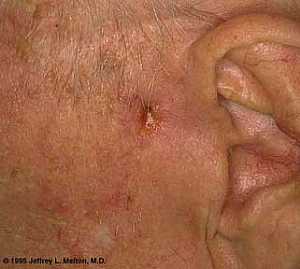 Basal Cell Carcinoma ("Rodent Ulcer" Type)
Basal Cell Carcinoma ("Rodent Ulcer" Type)
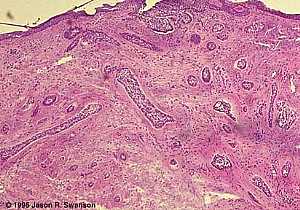 Basal Cell Carcinoma (Histology-Morpheaform Type)
Basal Cell Carcinoma (Histology-Morpheaform Type)
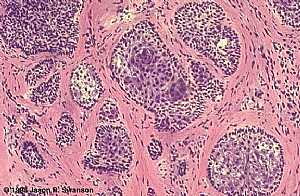 Basal Cell Carcinoma (Histology-Nodular Type - High power)
Basal Cell Carcinoma (Histology-Nodular Type - High power)
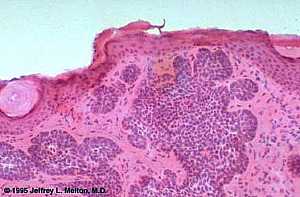 Basal Cell Carcinoma (Histology-Nodular Type- High power)
Basal Cell Carcinoma (Histology-Nodular Type- High power)
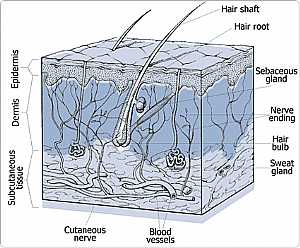 Skin
Skin
 Nervous System -- Basic
Nervous System -- Basic
 Brain anatomy
Brain anatomy
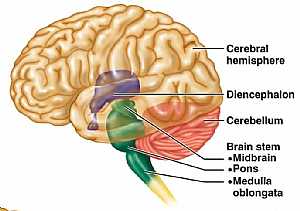 Brain anatomy
Brain anatomy
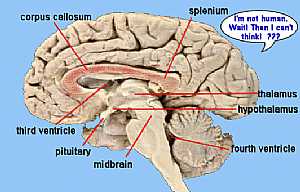 Brain anatomy
Brain anatomy
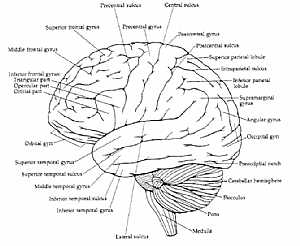 Brain anatomy
Brain anatomy
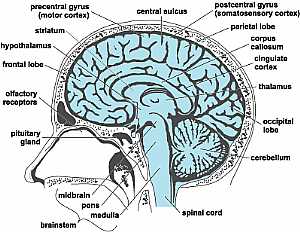 Head anatomy
Head anatomy
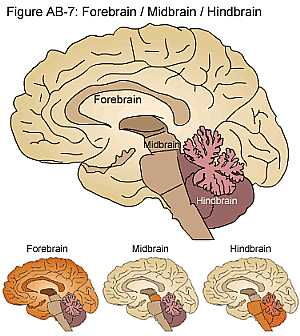 Brain anatomy
Brain anatomy
eDoctorOnline.com does not provide medical advice, diagnosis or treatment.
© Copyright 2001-2022 eDoctorOnline.com
© Copyright 2001-2022 eDoctorOnline.com

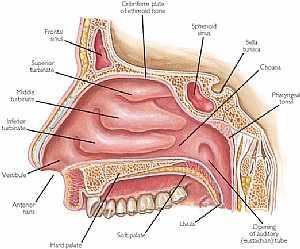 Nose anatomy
Nose anatomy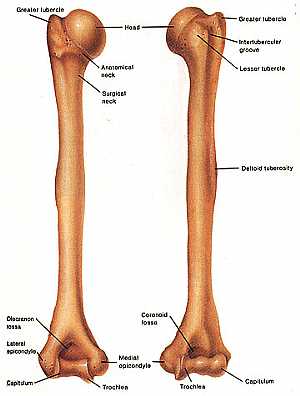 Humerus bone
Humerus bone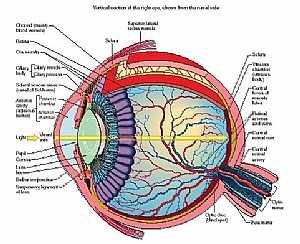 Eye anatomy
Eye anatomy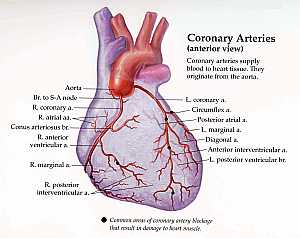 Coronary arteries anatomy
Coronary arteries anatomy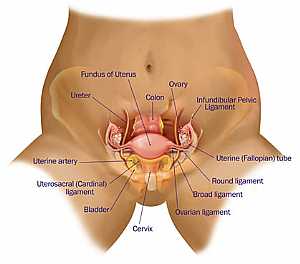 Female pelvic anatomy
Female pelvic anatomy Heart and lung anatomy
Heart and lung anatomy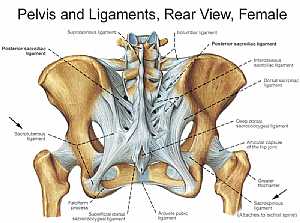 Bones and ligaments of the FEMALE Pelvis
Bones and ligaments of the FEMALE Pelvis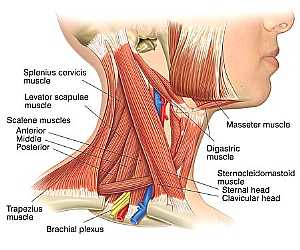 Neck Anatomy
Neck Anatomy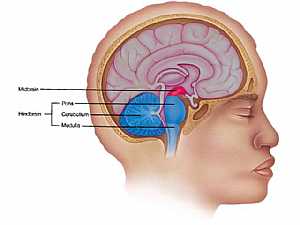 MidBrain anatomy
MidBrain anatomy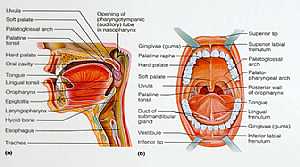 Oral Cavity
Oral Cavity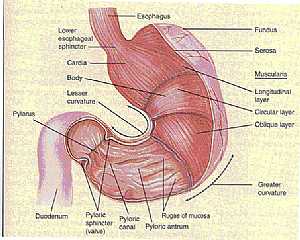 Stomach anatomy
Stomach anatomy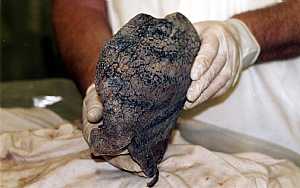 Lung anatomy
Lung anatomy Basal Cell Carcinoma ("Rodent Ulcer" Type)
Basal Cell Carcinoma ("Rodent Ulcer" Type) Basal Cell Carcinoma (Histology-Morpheaform Type)
Basal Cell Carcinoma (Histology-Morpheaform Type) Basal Cell Carcinoma (Histology-Nodular Type - High power)
Basal Cell Carcinoma (Histology-Nodular Type - High power) Basal Cell Carcinoma (Histology-Nodular Type- High power)
Basal Cell Carcinoma (Histology-Nodular Type- High power) Skin
Skin Nervous System -- Basic
Nervous System -- Basic Brain anatomy
Brain anatomy Brain anatomy
Brain anatomy Brain anatomy
Brain anatomy Brain anatomy
Brain anatomy Head anatomy
Head anatomy Brain anatomy
Brain anatomy
Be the first one to comment on this article!